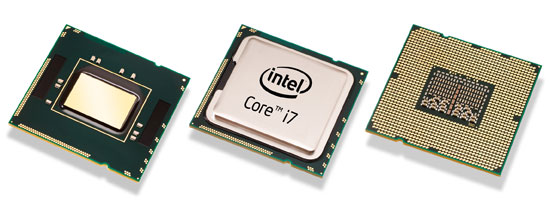The Intel® CoreTM i7-4770S CPU, a high-end 64-bit implementation of the Intel architecture, lies at the heart of this system design. The Intel Core i7 processor in the diagram is from the 4th generation, or “Haswell,” and it has several important features, including:
- Integrated L1, L2, and L3 caches
- Direct Media Interface (DMI) connection between the processor and the PCH
- Four independent CPU cores
- Two-way multithreading per CPU core
- A built-in two-channel DDR3 DRAM controller
The Intel Core i7 processor’s excellent performance is due to its numerous CPU cores and Simultaneous Multithreading capability. The Intel Core i7 processor appears to software as eight separate 64-bit CPUs due to its four cores and two-way multithreading per core.
Cache coherence is controlled by the processor’s on-chip DRAM controller. The memory controller is instructed to retrieve data at the requested address if it is not in one of the processor’s caches or if the data in external memory is fresher than the cached copy. Data transfers between the processor and memory are always 64 bits wide, taking up the whole breadth of the processor’s L2 cache.
When only a byte of data is requested, the entire 64 bits are obtained, but only 8 of those bits are used by the processor. The memory controller can be set up in the BIOS to accommodate different memory speeds and sizes. After initial configuration, the memory controller also handles DRAM renewal. The kind of memory supported by each CPU differs.
The PCI Express (PCIe) interface is the Intel architecture system’s maximum bandwidth I/O interface. The number of PCIe lanes varies depending on the processor, however, it is often in multiples of four. The maximum width for discrete PCIe graphics cards is 16 lanes, hence this is a popular PCIe width.
The PCIe interface uses the same differential signaling as the DMI, but it can carry data at greater speeds. The original PCIe specification, like DMI, calls for data rates of 2.5 GT/sec (250 MB/sec) per lane. The data throughput is doubled to 5 GT/sec (500 MB/sec) in the second version of PCIe.
Visit our blog page to learn more about various kinds of processors and their memory.












